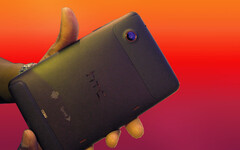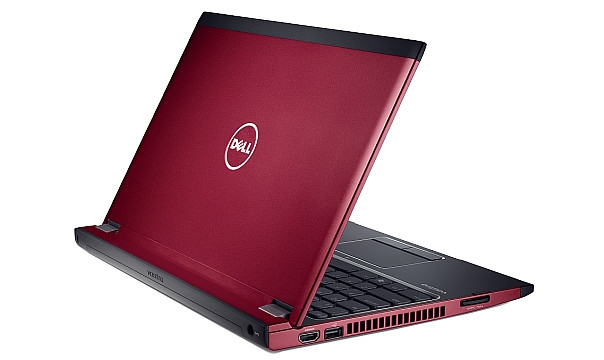TimeCheck - remembering tech's checkered past
At the beginning of the current millenium, the Internet was just beginning to change everybody´s daily life. Telecoms were slowly upgrading users from laughable speeds such as 56 kilobits/second to something a lot more usable, like 1 megabit/second. A certain Mark Zuckerberg wielded no disproportionate influence of any kind, and nobody had heard of iPhones because they were still years away.
The Internet was all about wires back then, but plenty of individuals and bodies believed that, in the bright and happy future, most consumer-grade networks would be wireless. WiMAX was one of a handful of technologies destined to help humankind get there. While Wi-Fi was growing in popularity, its meager coverage was the obvious weak point; 2G (and later 3G) cellular networks had great coverage, but the Internet access speeds they delivered were miserable. WiMAX was set to combine the best of both worlds in a single package, offering great speeds AND more than decent coverage.
The technology required the use of base stations that would be operated by ISPs or MNOs, and WiMAX modems that would be installed in devices of actual users, such as a phone or a laptop. WiMAX was designed to be compatible with several frequency bands, with most companies opting for bands between 2.5 GHz and 3.6 GHz. By 2010, there were WiMAX networks in at least a third of the 200+ countries recognized by the UN, including both large-population states such as Pakistan and high-income economies such as the UK.
Electronics makers took notice. The Fujitsu LifeBook SH76/G, the Dell Latitude E6410 and the HTC Evo View 4G are but three examples of devices that were blessed with the power of WiMAX.
It´s hard to say exactly what went wrong for WiMAX and when it happened. What we know for sure is that, in 2012 or perhaps 2013, the global interest for WiMAX started waning in favor of LTE, another 4G network technology promising greater speeds, a bit of additional functionality and better integration with existing 3G cellular networks. It is worth noting here that Apple chose not to add a WiMAX modem to any of its iPads or iPhones, betting on LTE´s future success instead. The second generation of WiMAX that was in development failed to attract much interest and, as a result, never came to life. It took just a couple of years for the once promising technology to become obsolete and forgotten, which is a shame, really.
Currently, in the middle of 2023, bands that were once allocated to WiMAX networks by various governments of various countries are used by 3G, 4G LTE and 5G networks. Undoubtedly, a few WiMAX networks around the globe remain operational; it´s not really possible to name the exact number. One day, none will be left. But the IT community remembers everything and is thankful for every bit of exciting innovation that we ever got, and WiMAX deserves its place on that list.











